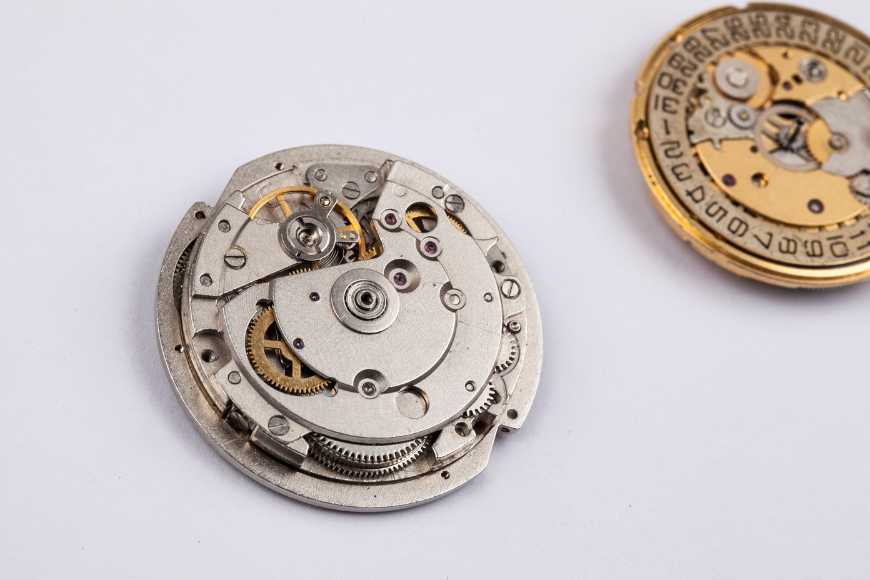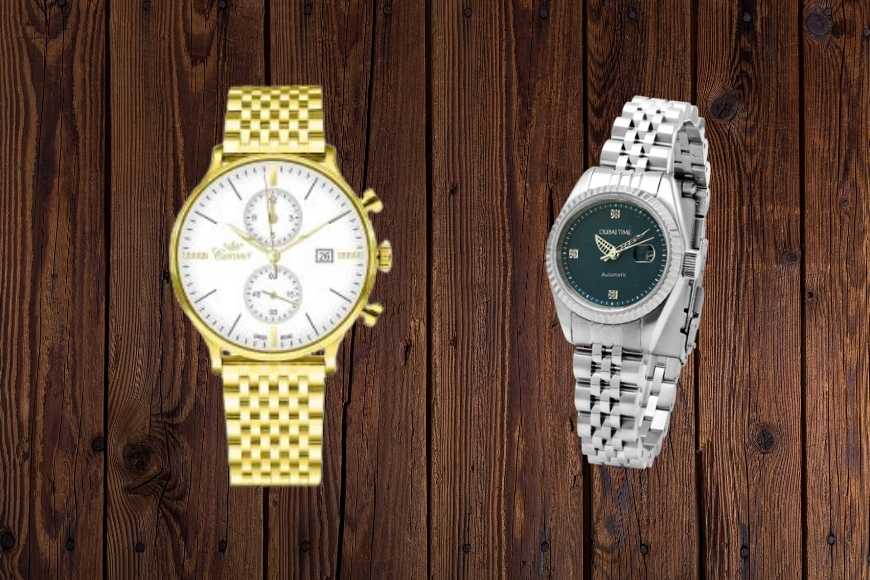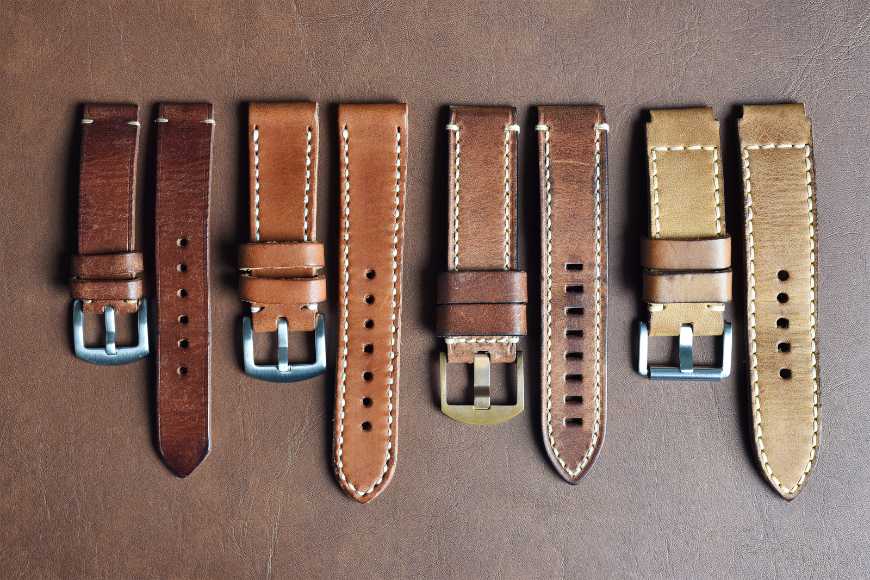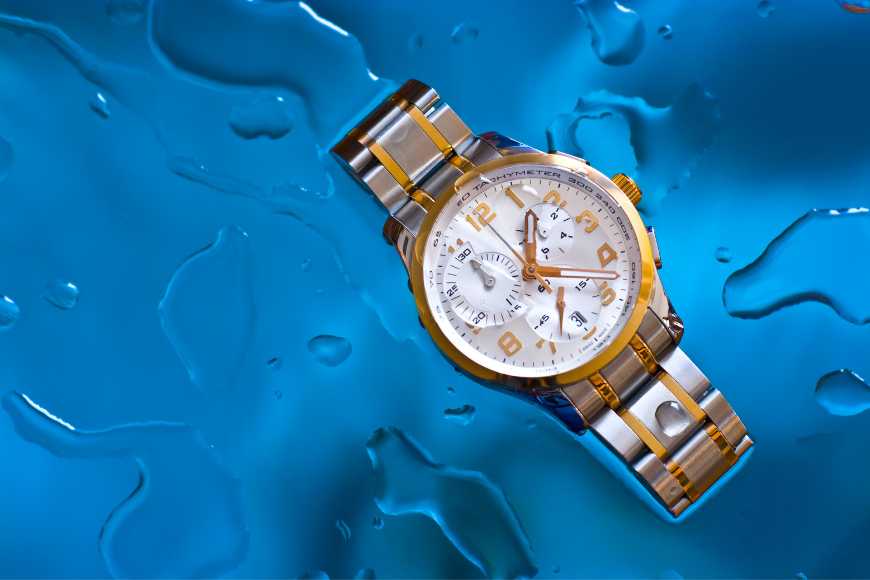How to Buy a Luxury Watch: A Complete Guide
While everybody has a dream watch they wish to own someday, bringing yourself through the entire selection process can be overwhelming. Undoubtedly, buying a luxury watch is a huge step. You’re not just investing in a unique status symbol but also putting your money into a captivating machine with complex terminology.
Generally, they’re made to look fascinating, work in extreme environments, and feed your need to show off. Keeping this in mind, you wouldn’t want to commit any mistakes and regret this decision. So, to help you have a pleasant shopping experience here is a complete guide that will help you buy a luxury watch like a pro.
How to Buy a Luxury Watch: A Complete Guide
Now that you’re ready to invest in a luxurious, eye-catching watch, here are a few things to keep in mind:
1. Decide the Budget
The first thing to address here is the price. What is the correct amount to be spent on a luxury watch? Sure, it zeroes down on how much budget you can spare. However, there should always be a reasonable price for such accessories.
- Budget-Friendly Options: If you’re looking for a budget-friendly option, you’ll have to settle for minimum complications and less exclusivity. Generally, cheap luxury watches are mass-produced. Thus, you cannot expect any uniqueness from them. Yet, you can find some stylish timepieces with an expensive touch.
- Reasonable Options: If you wish to go beyond cheap watches, you can have many options. Watches in this category are available with traditional craftsmanship, luxurious material, and professional mechanics.
- Luxury Options: The classic luxury timepieces comprise iconic watches. Generally, they have more complications and advanced features. Under this category, you’ll find high-quality options and pay for the watch-making experience.
Before buying a watch, knowing and setting a budget is always recommended.
2. Choose the Watch Movement
After the budget comes to the basics of what’s available in a watch. Also called “caliber”, the movement makes your watch work. Three options are available under this category:
- Automatic: An automatic watch is devoid of human interference. This means you won’t have to wind it on your own. They use kinetic energy generated from your wrist that powers the movement. A rotor, which is a small weight, moves with the movement of your wrist, ultimately winding the mainspring. There is a slipping clutch device that typically averts overwinding. Such a watch comes with high intricacies. A plethora of luxury watches have automatic movements that keep them working.

- Mechanical: Unlike an automatic watch, a mechanical one requires manual winding. A mainspring powers this watch type, giving power to varying gears and a balance wheel. You’ll have to twist the crown to tighten this spring, leading to cranking up the coil. Slowly, the spring unwinds, which makes the second-hand move. Such a movement has been used for centuries altogether; hence, mechanical movements are far superior to the other two. One of the advantages of mechanical movement is that you don’t have to change the battery routinely. But, they will require a tune-up every few years to keep them functioning correctly. Typically, vintage luxury watches use such movement.
- Quartz: Out of all the available options, quartz movements are the least complicated ones. Such watches use a quartz crystal and a battery to show the appropriate time. Quartz is used to pass electricity through the battery, which makes the crystal vibrate. And then, this vibration gets converted into a pulse that moves the second hand on the watch. Also, they have fewer intricacies.
To better understand which one you should be choosing, here is a list of the pros and cons of these movements:
|
Movements |
Pros |
Cons |
|
Automatic |
|
|
|
Mechanical |
|
|
|
Quartz |
|
|
3. Finalise Watch Material
Going down the list, you’ll have to watch the material you choose for your watch. Some of the most popular options are mentioned below:

- Diamond: Talking about luxury, diamonds cannot be left behind at any cost. Such a watch can be a timeless addition to any wardrobe. A diamond watch will be the right option if you’re looking forward to buying a statement piece. From eye-catching to subtle, there are various looks, sizes, styles, and shapes you can navigate through for a perfect accessory.
- Stainless Steel: Many people prefer stainless steel because of the lightweight and durability of this metal. Under this category, you’ll find two finishings: polish and brush. While a brushed finish makes the surface looks worn, a polished one is shinier.
- Gold: Gold is the most classic choice in luxury watches. You can choose from yellow gold, rose gold, and white gold. While this isn’t the cheapest option, such a material holds high value and is also considered a good investment. However, this metal is vulnerable to corrosion and can lead to skin allergy in some people.
- Titanium: It was back in the 1970s when titanium watches came into the picture. They are lighter and more durable as compared to gold and stainless steel. Not just that, it is thrice as strong as steel. Moreover, this metal is resistant to corrosion and hypoallergenic as well.
4. Consider Additional Watch Features or Complications
Once you’re done figuring out the options mentioned above, you must also consider additional features or complications, such as:
- Perpetual Calendar: This is an advanced feature of a luxury watch. A perpetual calendar has all the years and months pre-programmed, including leap years.
- Chronograph: Chronograph helps measure the elapsed time, much the same as the stopwatch. Initially, such a feature was used for astronomical equipment until it became a regular thing in sports car races and horse races.
- Tachymeter: Often, the tachymeter is paired up with a chronometer. This feature helps measure speed. Apart from this, it also evaluated the elapsed time over a specific distance. However, this feature can only measure distances up to one kilometer.
- Time Zones: This feature is also known as Greenwich Mean Time (GMT) or Dual Time. It lets you simultaneously see the time in two different locations of the world. While the dual time works on a 12-hour scale, the GMT works on a 24-hour scale.
- Moon Phase: This feature is for you if you appreciate the moon's beauty. Moon phase is one such feature that almost everybody esteems. It shows which moon’s part is visible from the Earth.
- Power Reserve Indicator: This one is a practical intricacy. To put it in simple words, a power reserve indicator lets you know when your watch requires winding.
- Minute Repeater: A minute repeater makes sounds to tell you the time. For instance, it might beep once when it’s 12:00. The main objective of this feature is to prevent you from glancing at your watch repeatedly.
- Tourbillon: This one contradicts gravity's impact on the watch’s minor pieces. This feature is a wonderful one and a sign of your watch's luxury.
5. Pick the Watch Strap
There is a gamut of watch straps you can find out there. However, only a few of them are in demand, such as:
- Leather: This one is the most versatile option and has an extensive range of finishes and colors. While leather goes on to be graceful throughout the years, it wears out more quickly than other strap materials.

- Stainless Steel: Stainless steel is typically sturdy and durable. It comes with a sleek, professional look and gives fine mesh. Such watches are easy to clean, elegant, and comfortable.
- Rubber Strap: If you wear your luxury watch during swimming sessions, choosing a rubber strap would be recommended. The popularity of this strap type is growing tremendously.
- Bund Strap: This protective leather offers an intense look and safeguards your watch and wrist.
6. Understand Water Resistance: ATM Watch
ATM is for atmospheres, and this feature is used to evaluate the water resistance of the watch. Here is how it works:
|
ATM |
Accidental Splashes |
Washing Hands |
Rain |
Showering |
Swimming |
Snorkelling |
Diving |
|
3 ATM (30 meters) |
Yes |
Yes |
Yes |
No |
No |
No |
No |
|
5 ATM (50 meters) |
Yes |
Yes |
Yes |
Yes |
Yes |
No |
No |
|
10 ATM (100 meters) |
Yes |
Yes |
Yes |
Yes |
Yes |
Yes |
No |
|
20 ATM (200 meters) |
Yes |
Yes |
Yes |
Yes |
Yes |
Yes |
Yes |
So, how does a watch become water-resistant? Here’s how:
- Gaskets: A gasket will be either nylon, Teflon, or rubber on a water-resistant watch. With this, a watertight seal is created where the crown, case back, and crystal meet the watch's case. With time, gaskets turn corroded or dry out. Thus, you’ll have to check your watch periodically to ensure it is still water-resistant.

- Sealant: A water-resistant watch has sealant to keep water outside.
- Material: Titanium or stainless steel are the top choices for water-resistant watches.
- Screw-in Crown: This is a commonly found feature in a water-resistant watch that stops water from getting into the case.
7. Decide Watch Sizes
Lastly, you must consider the watch size before you buy the same as you wouldn’t want to put your money into the wrong size.
- Wrist Size: When it comes to the wrist size, you must measure the tail end and the buckle end. Most of the wrist straps are adjustable. If you’re choosing a metal band, you can get links removed for a perfect fit. For a better wrist size, here is a guide:
|
Wrist Size |
Strap Size |
|
150 – 164 mm |
120/70 mm |
|
165 – 178 mm |
125/75 mm |
|
179 – 190 mm |
130/80 mm |
|
191 – 203 mm |
135/80 mm |
|
204 – 216 mm |
140/85 mm |
|
217 – 229 mm |
145/90 mm |
- Case Diameter: The correct size of the case diameter is based on the watch’s style. A field watch or a dress watch is comparatively smaller than a tactical or a dive watch. Consider the occasions you’ll wear your watch to decide the correct size. How easy should it be for you to tell the time? How noticeable should your watch be? Most men’s luxury watches are between 34 mm to 50 mm in diameter. You can go with 34 to 40 mm if your wrists are slim. For chunky wrists, 44 mm to 46 mm would be the right choice. As far as women’s luxury watches are concerned, an ideal size would be 26 mm to 29 mm.
- Case Thickness: The more comprehensive the diameter, the thicker the case. Usually, the thickness is dependent on the intricacies of the movement. The more complications in a watch, the bigger it will be.
Wrapping Up
Now that you have come to the end of this luxury watch buying guide know that you are far ahead in the game than other novices. Simply put, create a checklist and add all the required factors, such as the movement type, watch strap, watch material, budget, and complications or features. If you are ready to complete your purchase and add a luxurious watch to your collection, pay a visit to Lifestyle Fine Jewelry and find some of the best and most unique timepieces available under your budget.


